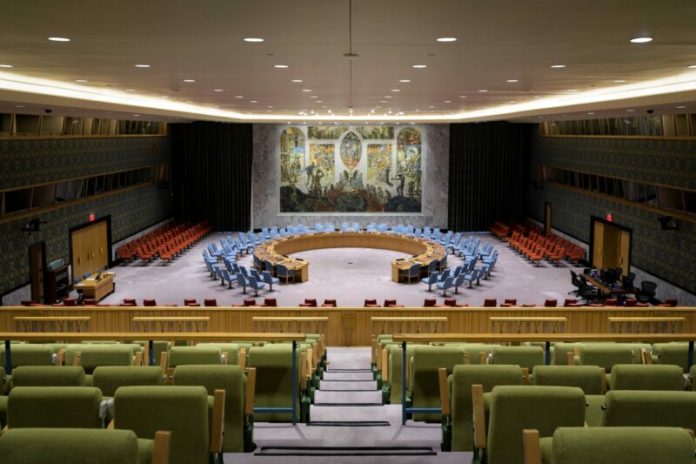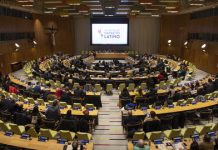The chinamperos get their name from ‘chinampas,’ the human-made islands of floating gardens on which they farm. It was the Aztecs who discovered that, by layering mud, plants and branches on shallow lake beds, they could create highly fertile plots of land.
For hundreds of years, the chinampas sustained farming communities, but the climate crisis, a lack of enthusiasm for farming amongst younger people and the huge, growing water needs of the metropolis, could combine to ensure that this ancestral way of life is under threat.
A team from from UN University met with the farmers of Xochimilco ahead of the release of the 2025 Interconnected Disaster Risks report which tracks how disasters are linked to each other as well as human behaviours.
They discussed the history of the Xochimilco community, and how their way of life can be saved for future generations.
Lauro Rivera
72, beekeeper
Lauro Rivera
“I was born and raised in Xochimilco, a place that exists because of the hard work of our ancestors. They built the chinampas by layering branches, leaves and rich mud from the lagoon’s bottom.
o anchor them in place, they planted ahuejote trees [native Bonpland willows], at each corner.
Over time, these efforts created the vast network of canals and chinampas that is still here today. There are nearly 180 kilometres of canals surrounded by chinampas.”
Samuel Luna
67, vegetable farmer
Samuel Luna
“This knowledge is ancestral, and chinampas are unique in the world. We have been passing this down to our children.
There were even freshwater clams here. Fish, turtles, snails, axolotls. But there are big problems right now with pollution and water scarcity.
We are starting to go back to what was done before: using crops friendly to the environment, using less pesticides.
Maybe we can’t bring back everything, but at least what we can preserve is what we have now. We, the farmers, are the guardians of these lands.”
Eric Enríquez
45, farmer and grandson of Samuel
Eric Enríquez
“My grandfather was the one who taught me farming. There is no school for chinampa farming. My mother used to bring me here as a baby. We still use the spit, the rake, the winnowing fork, and this is passed down from generation to generation.
First, there were very clear seasons of rain, heat, cold. But with climate change you no longer know when it will rain or be cold. Technology has advanced, and we now have materials that help to cushion the heat or cold or hail. But there is also a disadvantage: not all of us have the money to invest in all these types of tools.
If everyone works at an office, who will do all this work that we do to feed the chinampas? This is all very beautiful and I have huge feelings for it. I do not want it to be lost.”
Mariana Cruz
29, historian
Mariana Cruz
“When we talk about farmers, the first thing that comes to mind is the image of a man. I, however, imagine more my great-grandmother. These ladies with their bibs, with their petticoats, who did the housework but also farmed the chinampas. I was born in 1995 and even then, the canal waters had already turned brown.
Many families have stopped farming. First of all, because of the stereotype that the farmer is poor.
I am very proud to be able to say that I come from a family of chinamperos. We teach our friends and co-workers why we should take care of the canals, why we should take care of the water, why Xochimilco is important for the life of Mexico City. The work of the farmer is as important as the work of a doctor.”
Source of original article: United Nations (news.un.org). Photo credit: UN. The content of this article does not necessarily reflect the views or opinion of Global Diaspora News (www.GlobalDiasporaNews.com).
To submit your press release: (https://www.GlobalDiasporaNews.com/pr).
To advertise on Global Diaspora News: (www.GlobalDiasporaNews.com/ads).
Sign up to Global Diaspora News newsletter (https://www.GlobalDiasporaNews.com/newsletter/) to start receiving updates and opportunities directly in your email inbox for free.





























